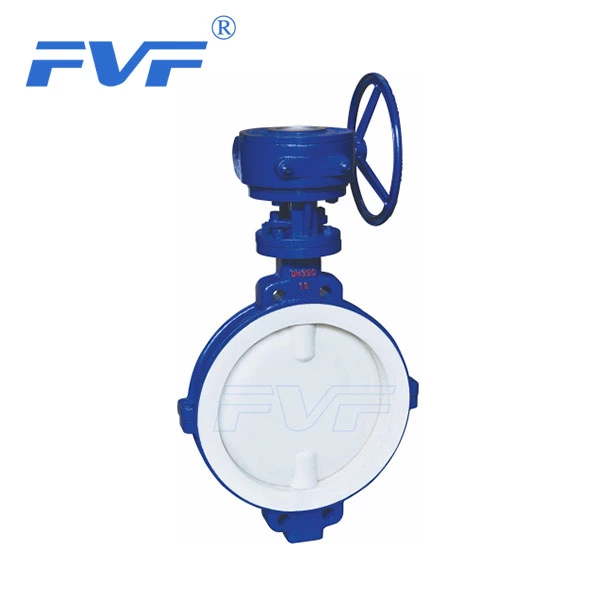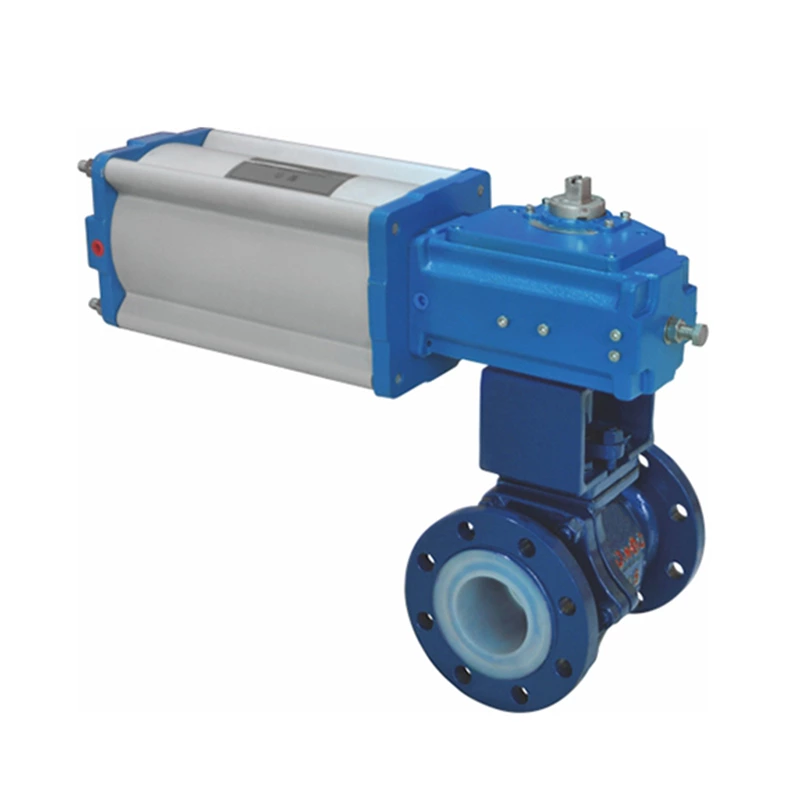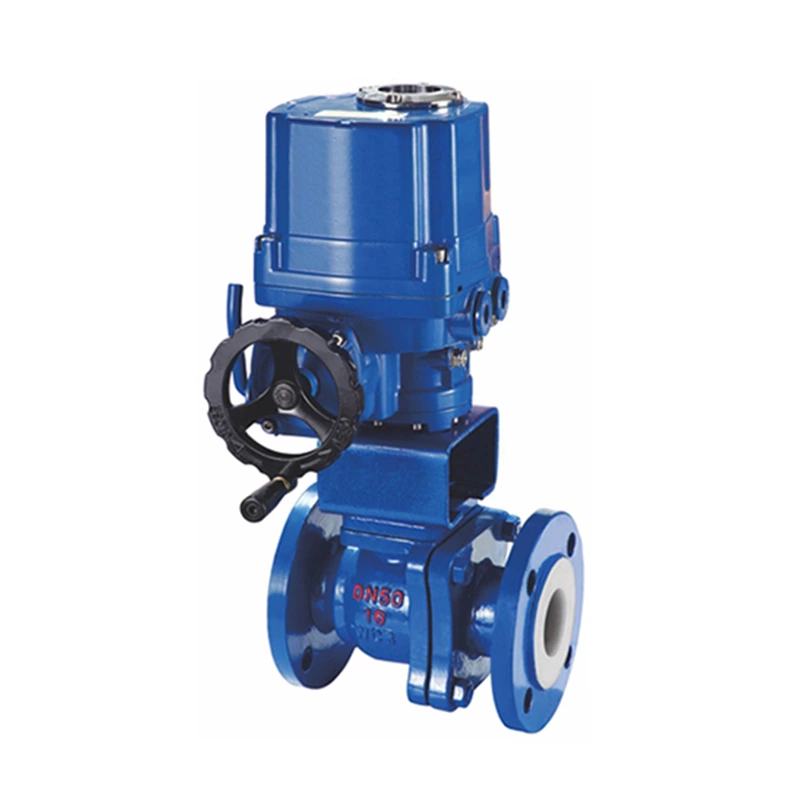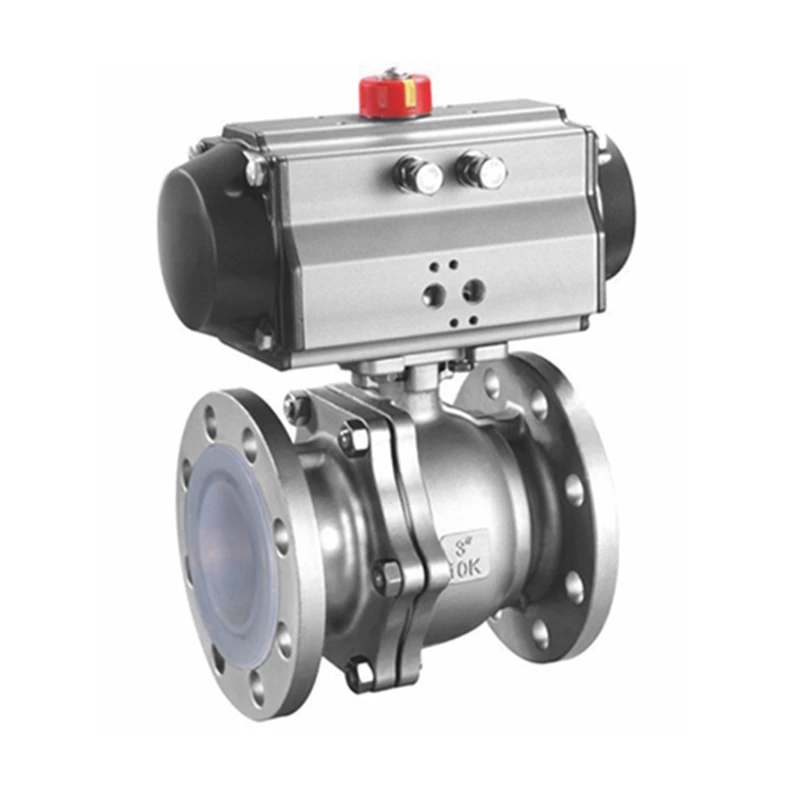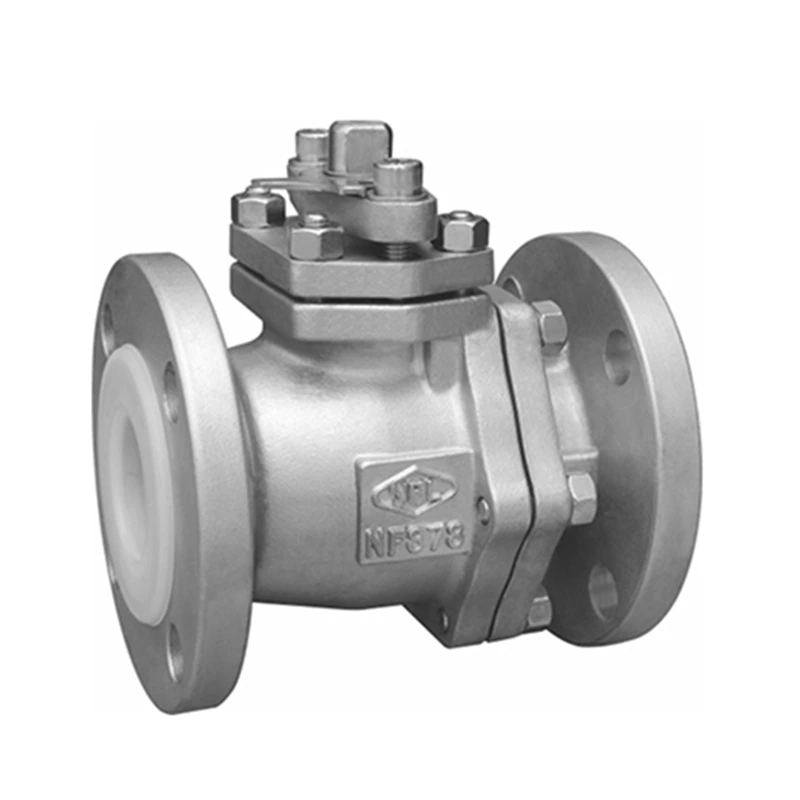Fluorine-lined Valve: Issues That Should Be Paid Attention To When Using Fluorine-lined Butterfly Valves
Lined Butterfly Valve has been widely used in petroleum, chemical, pharmaceutical, metallurgical, electric power and other industries, but how to choose and use fluorine-lined butterfly valves, according to our many years of field application resume, the following precautions should be put forward for the use conditions such as medium temperature, pressure, and pressure difference when choosing fluorine-lined butterfly valves:
1. Medium temperature used by fluorine-lined butterfly valves: The accepted tetrafluoride is F46, and the medium temperature used should not exceed 150℃ (the medium temperature can reach 150℃ in a short time, and the temperature should be controlled within 120℃ for a long time). Otherwise, the F46 lining of each component of the valve is easy to soften and deform, resulting in the valve being unable to close and a large amount of leakage.
If the medium temperature used is lower than 180℃ for a short time and lower than 150℃ for a long time, another fluorine material-PFA can be selected, but the PFA lining fluorine material is more expensive than the F46 lining material.
2. There should be no negative pressure. Fluorine-lined butterfly valves should suppress negative pressure in the pipeline. If there is negative pressure, the fluorine lining layer in the inner cavity of the valve can be easily sucked out (bulged) and peeled off, causing the valve to be blocked.
3. The pressure difference and pressure difference should be controlled within the allowable range. Especially for control valves and control valves sealed by bellows. Since the bellows is made of fluorine material, the pressure and pressure difference are large, which can easily cause the bellows to rupture. The control valve sealed by the bellows can be changed to fluorine packing seal by using the conditional pressure and large pressure difference.
4. The medium conditions used by the fluorine-lined butterfly valve must not have hard particles, crystals, impurities, etc., so as to avoid wear of the valve core, fluorine-lined layer or fluorine bellows during opening and closing operation. If there are hard particles, crystals and impurities in the medium, the valve core and valve seat can be replaced by Hastelloy.
5. The diameter of the valve should be accurately selected according to the required flow rate (CV value) for the fluorine-lined butterfly valve. When selecting, the diameter and opening degree of the valve should be calculated according to the technical parameters such as the required flow rate (CV value). If the valve diameter is too large, the valve must be operated for a long time, plus the medium pressure, it is easy for the valve core and stem to be impacted by the medium, causing the valve to vibrate, and the valve core stem to be impacted by the medium for a long time, resulting in the breakage of the valve stem.
When choosing a fluorine-lined butterfly valve, the user should try to understand and master the conditions of use skills so as to select and use it well and increase the service life of the valve. When it exceeds the scope of use skills, the user should report it to the manufacturer, negotiate together, and accept the corresponding management countermeasures.
